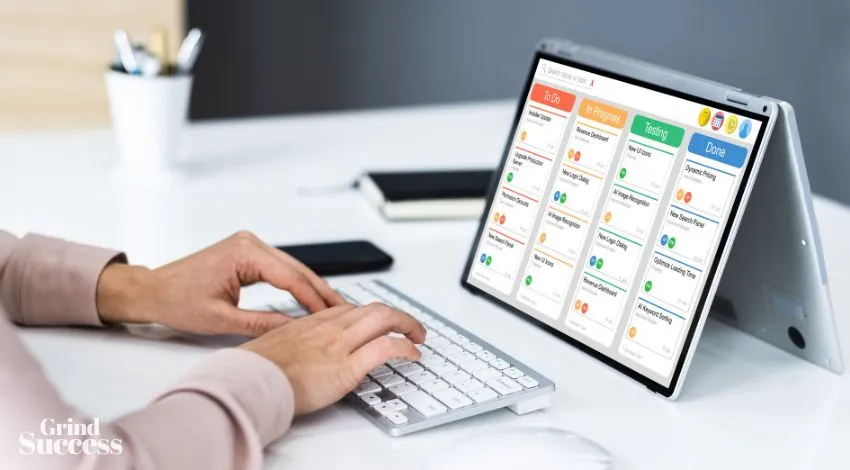AI and Design: The Impact of AI Tools on Graphics Design
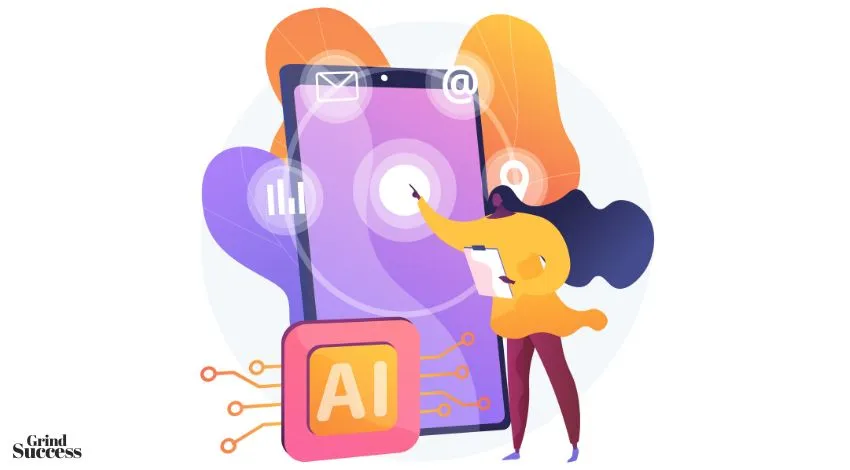
In the last few years, the fusion of AI and graphic design has redefined how creatives bring ideas to life. AI and design tools have revolutionized the landscape, simplifying repetitive tasks and unlocking new creative possibilities, becoming indispensable in the designer’s toolkit.
This article delves into the profound impact of AI on graphic design, shedding light on how these AI-driven advancements are reshaping the conception, development, and delivery of designs.
Table of Contents
How Is AI Used in Design?
AI is a game-changer in design, simplifying tasks and boosting creativity. Designers use AI for diverse purposes, such as quickly generating design options through an AI graphic design generator, automating repetitive tasks like image editing, and predicting design trends using data analysis.
These AI design tools also play a crucial role in crafting personalized user experiences, refining layouts for better usability, and creating customized designs. These applications streamline workflows, allowing designers to focus on creativity while depending on AI for efficiency and precision in their designs.
AI images
AI images have made it easier to create content by providing diverse visuals that anyone can use. These images have changed how visual content is created using AI and graphic design tools. Platforms like Freepik have a free AI image generator that gives access to many AI-made visuals.
These AI-generated images are versatile, allowing content creators to use them in blog posts, social media, presentations, and more. They’re a great option for those needing high-quality visuals quickly, as they can be customized and adapted to suit different needs.
AI Design Templates
AI design templates are transforming the way designers work. With tools like the AI slideshow maker from Slidesgo, AI and graphic design are coming together to simplify tasks. These templates, generated through AI design tools, help streamline designers’ jobs, particularly in creating presentation templates.
They offer a range of pre-designed layouts, styles, and visuals that can be easily customized to suit specific needs. These AI-generated templates save time and effort, allowing designers to focus more on the content and less on the design structure.
AI Text Generators
AI-generated content, including text, graphics, and even video, supports designers in creating diverse and engaging content quickly. Tools like Wepik’s AI text generator simplify the content creation process, providing diverse text options for different purposes.
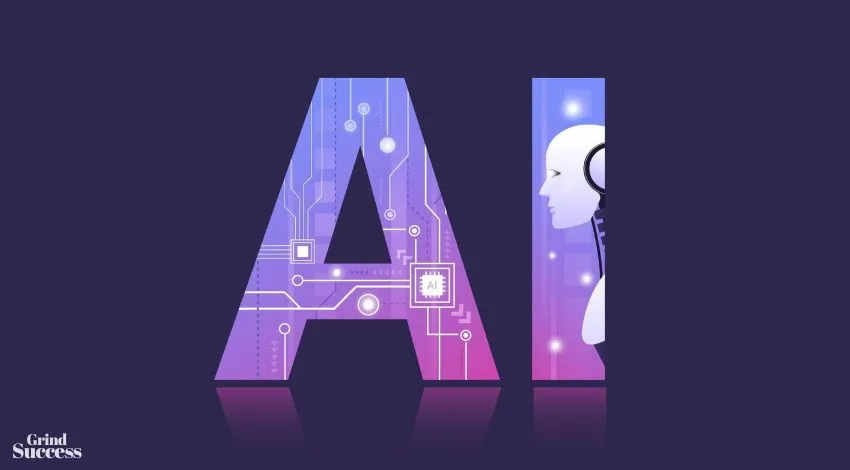
AI enables designers to generate compelling visuals and written material, catering to various needs across marketing, social media, and branding initiatives. These AI applications in content creation streamline the design workflow, allowing designers to focus more on refining and polishing the creative aspects of their work.
Layout Optimization
AI and graphic design intersect to enhance user experience through layout optimization. AI design tools streamline web and app design, focusing on usability and accessibility. By automating layout adjustments, AI design tools ensure smoother user interaction.
AI analyzes user behaviors, enabling designers to tailor layouts for specific audiences. This optimization not only simplifies the design process but also significantly improves user engagement and accessibility across digital platforms.
Personalized User Experiences
AI in design customizes experiences based on user preferences and behaviors, making them more engaging and satisfying. AI tools in design understand how users behave, creating personalized designs.
By analyzing user actions, these tools make content and visuals that suit individual preferences, improving how users interact with digital platforms. This partnership between AI and graphic design aims to make interactions more personal, ensuring users feel more engaged and content while navigating digital spaces.
Predictive Design Trends
AI analyzes data to forecast upcoming design trends, enabling designers to stay ahead and create relevant, appealing visuals.
AI design tools analyze information to foresee upcoming trends, helping designers create attractive and fitting visuals. By studying patterns and data, these tools give insight into what audiences will like in the future.
This allows designers to make visuals and content that match these upcoming trends, keeping their work fresh and interesting. AI’s ability to predict trends in design gives creators a way to anticipate changes and make designs that stay relevant and appealing.
How AI Is Changing the Way Designers Work
AI design tools are reshaping how designers work, bringing notable changes to the creative process. Here are some of the most important benefits of using these tools:
Ultimately, AI’s integration into design processes revolutionizes how designers operate, allowing them to unleash their creativity while handling mundane tasks more efficiently and cost-effectively.
Will AI Replace Graphic Designers?
The impact of artificial intelligence on graphic design is remarkable. With an expected annual growth rate of over 37% from 2023 to 2030, AI’s influence is set to increase, as Forbes statistics highlight.
However, designers don’t need to fear replacement by AI design tools. Instead of a threat, artificial intelligence brings promising opportunities.
While AI may not entirely create new designs, it significantly accelerates the design process through automation, granting designers more time for creativity and innovation. The focus should pivot towards integrating AI into the design process rather than replacing humans.
Surveys about AI tools reassure designers about AI’s role; it streamline tasks like swift design generation and template suggestions, allowing designers to focus on creativity.
These tools ease the workload, automating tasks and generating diverse design options based on preferences and previous work, simplifying the design process.
Conclusion
The integration of AI and graphic design brings fresh opportunities for creativity. AI design tools have become invaluable, streamlining workflows and enhancing the efficiency of design processes.
Despite concerns about AI taking over, it’s more about teamwork than replacement. Designers can use AI to automate tasks, generate different designs, and make work more manageable, freeing them to focus on being creative.
As AI progresses, it’ll likely offer even better resources for designers. The future looks promising for AI and design—a partnership where human creativity flourishes with AI’s help.
This post was proofread by Grammarly. Try it – It’s Free!
Millions trust Grammarly’s free writing app to make their online writing clear and effective. Getting started is simple
Email, SMS, and more — Klaviyo brings your marketing all together, fueling growth without burning through time and resources.
Deliver more relevant email and text messages — powered by your data. Klaviyo helps you turn one-time buyers into repeat customers with all the power of an enterprise solution and none of the complexity.


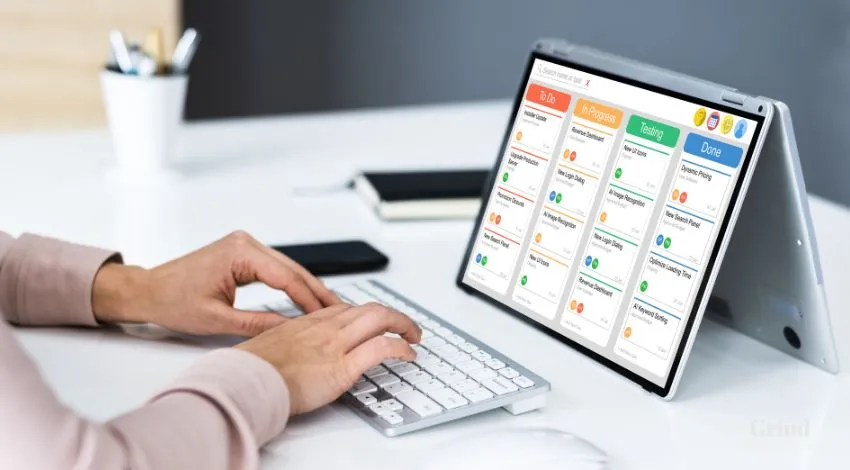
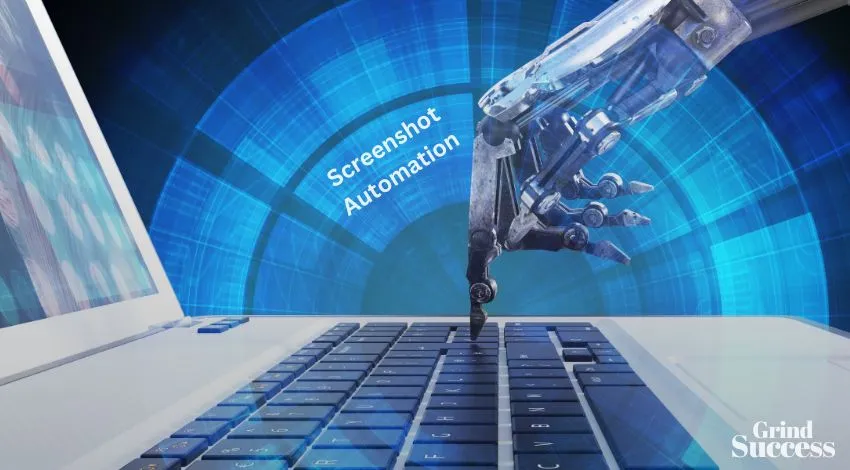
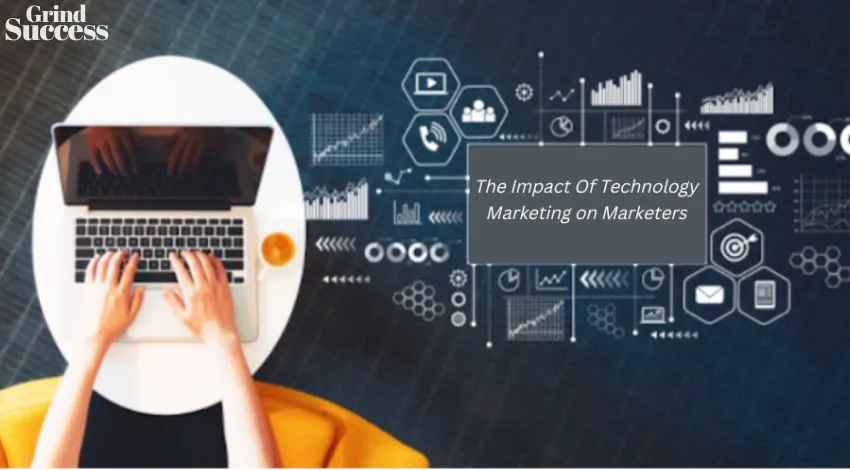
![Minimum Scrum Master Salary Range and Compensation [2024] Minimum Scrum Master Salary Range and Compensation [2024]](https://grindsuccess.com/wp-content/uploads/2022/12/Scrum-Master.webp)
